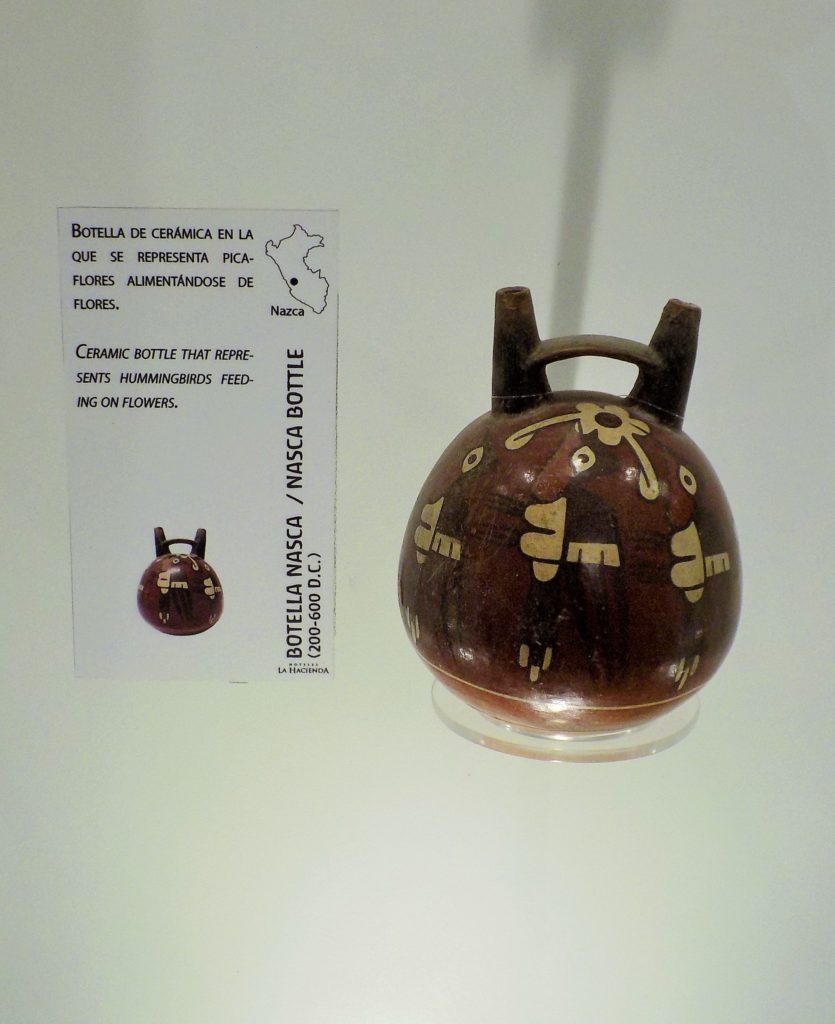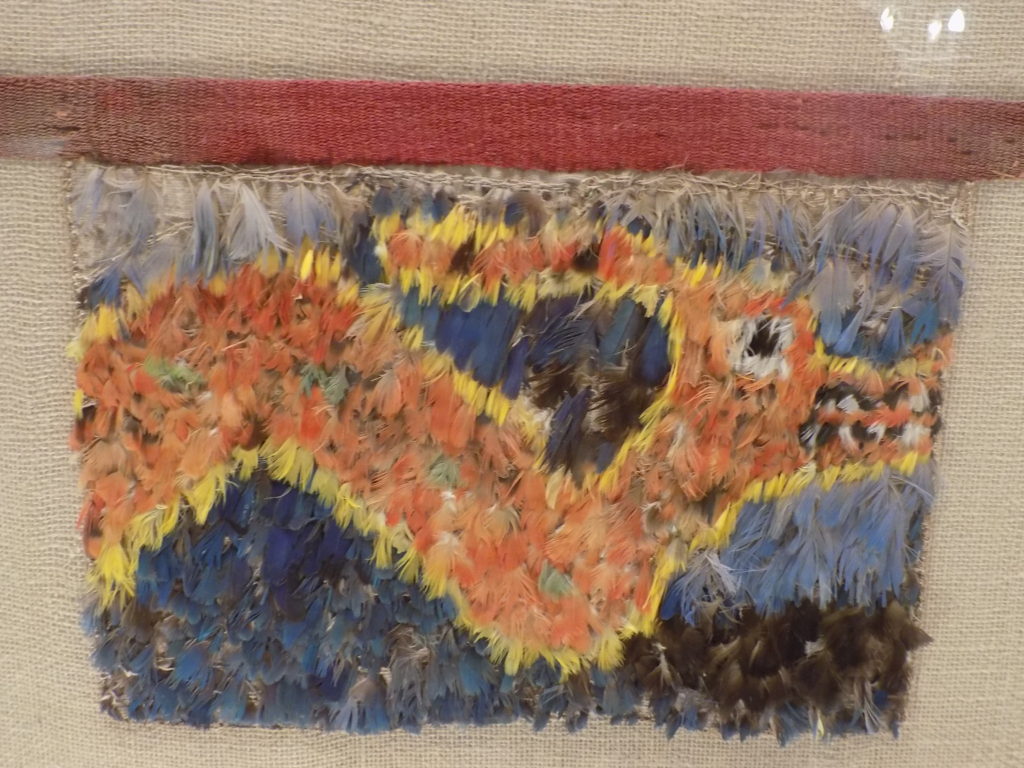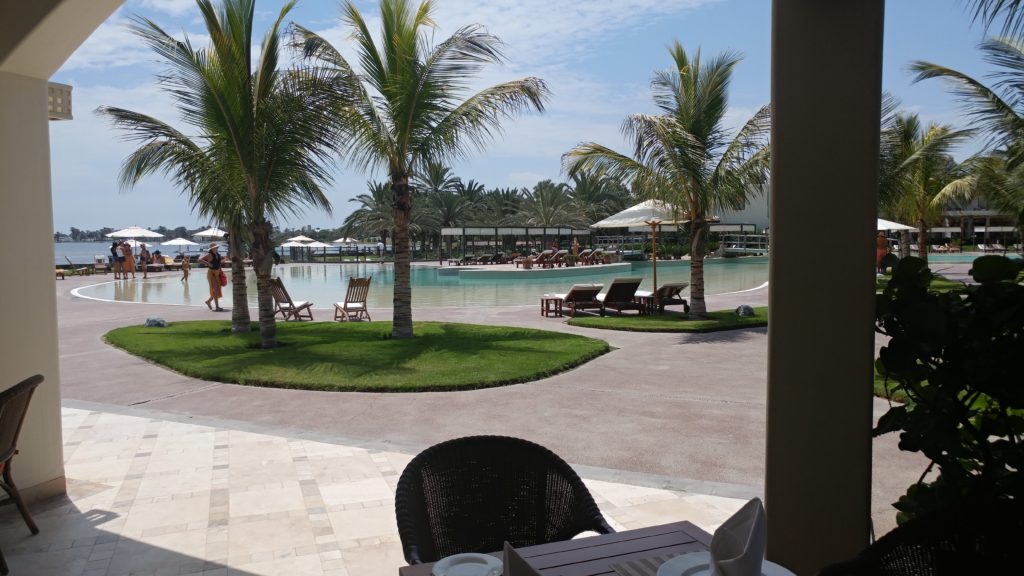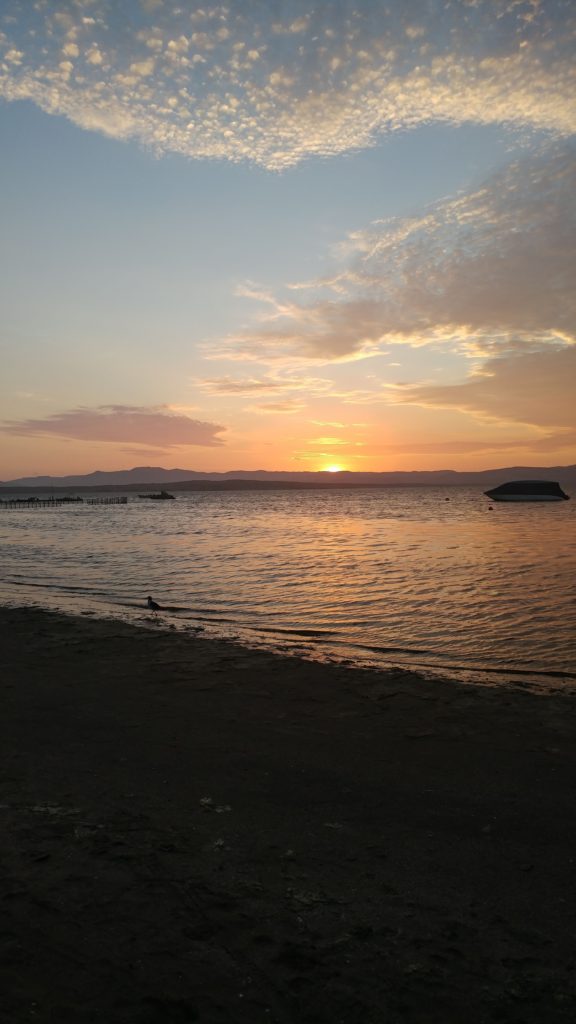Nazca Culture.
Though it was of little benefit to them, the desert climate better preserves ancient artifacts and, as a result, often provides a wealth of information for archaeologists and historians. This is the case for the remnants of the Nazca. One common description of Nazca culture is that, in addition to the mysterious Nazca Lines, their culture is noted for its distinctive pottery and textiles.
The desert climate likely played a significant part in preserving the pottery and textiles that are so rightfully admired.
Because these relics are so well preserved, they provide substantial evidence that the Nazca people engaged in trade not only with their close neighbors in the Andes but with cultures from much greater distances. Much of this evidence comes from Nazca burials where mummified remains and buried objects have again been well preserved by the arid climate.
Within the context of the three physical and spiritual realms prevalent in Andean practices, the remains found in chullpas had corpses placed in a fetal position surrounded by┬Āthe tools they used in life so they could continue using them when they were reborn in the Hanan Pacha. Based on images depicted on their pottery, the Nazcas do not appear to have shared these specific concepts with their Andean neighbors practicing instead a polytheistic religion populated by nature spirits depicted on their pottery┬Āas mythical animals or anthropomorphic beings.
On the other hand, they did show some similarities in their treatment of their dead with both cultures carefully mummifying corpses. However, where Andean cultures placed mummified remains in a fetal position, Nazcan corpses were usually placed in a seated position. Nazca corpses were buried with well-made pottery and fine textiles that wrapped the corpse. These likely indicate some concept of an afterlife that required material goods. The Nazca made no distinction between male and female burials and itŌĆÖs also possible that family members shared tombs over generations. This comes from evidence that tombs were re-opened and had mummies added over time.
[Mummy photo from Atlas Obscura by Peter Van Der Slujis CC 3.0.]
The Nazca cultivated cotton so the fact that some of the textiles wrapping their mummies are woven from llama, alpaca, or vicuna provide solid evidence of trade with Andean cultures. (These animals wouldnŌĆÖt have survived in the coastal desert.) Another indication of this trade is the depiction of coca leaves ŌĆō also not native to the area – on some of the surviving clay vessels. ItŌĆÖs likely that the Nazcas used coca similarly to their high-altitude neighbors – as a stimulant that suppressed hunger, pain, thirst, and fatigue.
Mummies discovered wearing headdresses made with the feathers of rainforest birds provide evidence of the┬Āgeographic breadth of their trade.
(This particular textile made from tropical bird feathers may depict one of the mythical animal gods mentioned above.)
Decline of the Nazca.
The Nazca culture seems to have flourished for between 750 and 1,000 years and while it’s unlikely that it did so without conflict, there is little evidence to indicate that its relatively rapid decline resulted from any sort of war or battle. A climatic cataclysm appears a more likely cause.
Evidence suggests that over time, the Nazcas denuded the landscape of the native mesquite (huarango) trees to create the space needed to grow maize and cotton. These trees played an important part in preventing river and wind erosion and removing them exposed the landscape to a point that, when a particularly strong and long lasting El Ni├▒o arose in the middle of the eighth century, it resulted in excessive erosion and dry irrigation systems. The Nazca were both unprepared for and weakened by this shift in climate and were then easily subsumed by the Wari. Still, they left behind lots of artifacts and those famous desert geoglyphs that I’ll fly over tomorrow.
Meanwhile.
Though I won’t say that the three and a half or four-hour journey with its juxtaposition of desert and ocean made for particularly scenic ride,
particularly zooming by at 90 or 100 kilometers per hour, the coast hugging highway was the best and most modern road I’d traveled in Per├║. On the other hand, once I arrived in Paracas and transferred to La Hacienda Bahia Paracas – the hotel where I’d spend the next three nights – it was an entirely different story.
If you asked me to describe the hotels we stayed in for the base trip, I’d have said they weren’t fancy but were clean, comfortable, and well-located. They met all my needs and expectations. The hotel in Paracas far exceeded them.
As much a resort as a hotel, La Hacienda Bahia Paracas invites ease and relaxation. It has not only a fine restaurant and beautiful tranquil views of the bay but it also features its own museum. (I took the photos of the jug and textile above in the hotel museum which I visited Monday morning in the hours before I left for Pisco airport and my flight over the Nazca Lines but included them because I thought they were useful for today’s discussion.) The hotel is a bit far from the town center so enjoying a meal or any Paracas nightlife requires a taxi to and from town.┬Ā
Frankly, after the stress of the previous night, going to town never entered my mind. I was perfectly content to relax in my room, take a walk along the bay, observe the avian and aquatic wildlife, enjoy a perfectly fine dinner, and the best sunset of the trip.
In the next post, I’ll share what I’ve learned about the Nazca Lines and provide the slightly unsettling details of my flight above them.
Finally, for those of you who didn’t catch the oblique reference in the title of today’s post (you have to shift the em-PHA-sis to the word the to get it close) and even for those who made the connection (because I think you’ll all enjoy it) here’s the explanation.





